Are these 5 familiar classics finally cooling off?
We have all been wondering how long the collector car market’s historic hot streak can carry on, and what the inevitable fall-off might look like. Well, the latest Hagerty Price Guide—updated each quarter—is giving us some clues. Although there were still some surprising gains, we are starting to see decreases, as well.
The cooling off is the muscle car market, which reached all-time highs this year. Now, several of these 1960s and ’70s classics have posted declines.
Some of the reasons for this have to do with supply—we’ve seen lower-quality examples hit the market in recent months. Yet there’s no doubt the broader economy is having an impact. Inflation is hitting us all in the wallet while uncertainty in the stock market is hitting us all in the 401(k). Although classic cars, like many tangible assets, can be a hedge against such bad news, they are also, like other discretionary purchases, subject to pressures on consumers. That’s particularly true for relatively attainable vehicles like muscle cars, which by and large are bought and sold by people of ordinary means.
Note that the drops in the latest guide haven’t erased the gains from the last couple of years. Also, remember that a correction is inevitable and, to a certain extent, healthy, as it indicates the market is being driven by rational buyers and sellers, as opposed to speculators. There’s no doubt, though, that this is a change from the rapid appreciation we’ve all become accustomed to in recent years.
1968-1972 Oldsmobile 4-4-2 W-30 -12%
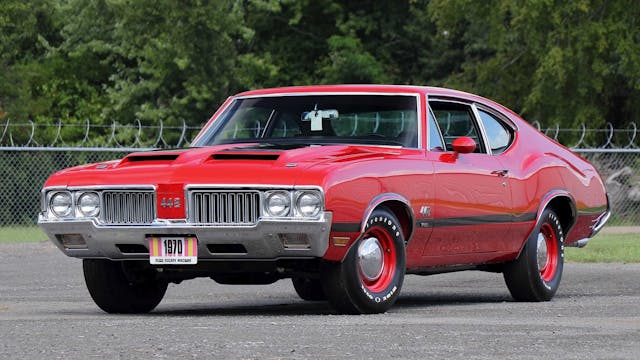
This generation 4-4-2 is without a doubt peak Oldsmobile muscle. While Oldsmobile’s more visually-reserved approach may not have sold as many cars in an exuberant era of colors named “Plum Crazy” or wild Judge decal packages, the 4-4-2 was no slouch. Looking past the deluxe interior and comparatively staid styling, the W-30 code packed a punch. Peaking with a 455-cubic-inch engine that debuted in 1970 with a respectable 370-horsepower and torque in the 500 lb-ft range, these cars were not to be trifled with.
Over the course of 2021 and the first quarter of 2022, the 4-4-2 experienced increases with the rest of the muscle car market. After spring, it started to lose value while most other top-tier muscle cars held their own. The fact that they have dropped in value two quarters in a row needs to be taken seriously. The net increase over the past 12-months now only stands at a few percent. It is important to keep in mind that we are in a typical lull for this segment, as big players in the muscle car market save their best cars for the upcoming January auctions in Scottsdale and Kissimmee. Nonetheless, the 4-4-2 could very well be a glimpse into the future for the broader muscle segment.
1970-1973 Chevrolet Camaro Z/28 -9%
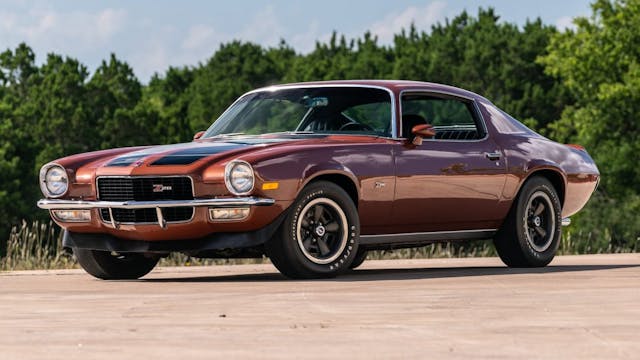
Late second-generation GM F-bodies have long been a talking point this year, with Bandit-era Trans Ams and Z/28 Camaros being big movers publication over publication. The early-second generation has so far been pulling up the rear, appreciating just behind its younger siblings. To the uninitiated, it might seem odd that these cars would be so widely segmented. The reality is that despite sharing the same generation, they are very different cars. The early Z/28 remained incredibly capable, using the high-compression Corvette-based LT1 350 and hewing closer to Trans Am series roots. The later cars followed the Mustache Muscle theme in that their performance didn’t really live up to their more flashy aesthetic.
Later Z/28s have held fast to their gains over the year, but 1970-73 model years experienced a downturn. This doesn’t negate earlier gains, but it may be a warning sign of things to come for their more popular siblings from the late 70s, and may even have implications for second generation Trans Ams, which usually hold a similar market trajectory.
1964-1967 Chevrolet Chevelle SS -9%
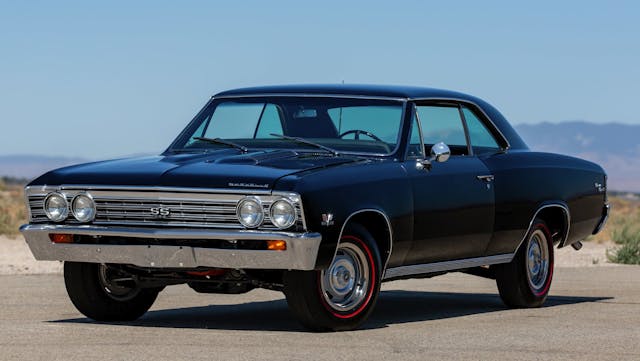
Chevrolet’s Chevelle experienced one of the more interesting transformations over the course of the Muscle Car era. With the hottest version sporting a 327 in 1964 and through much of 1965, it seemed meek compared to the GTO’s 389 and other early entrants into the segment. That changed in late 1965 with the introduction of the 396 big block to the Chevelle’s engine bay. Actual promotion of the more potent plant wouldn’t happen until 1966, but this set the stage for the fire-breathing Super Sport Chevelles that would roll out through the early ’70s.
While the ’68–72 Chevelles held on to their gains much better, ’64–67 Super Sport models experienced a broad softening. Some of the difference could be related to the popularity of the later models, and we are monitoring those cars for signs of a turning tide. As with the other models on this list, these losses don’t negate gains from earlier this year, but it does shine a light on where things could be headed.
1964-1967 Pontiac GTO -7%
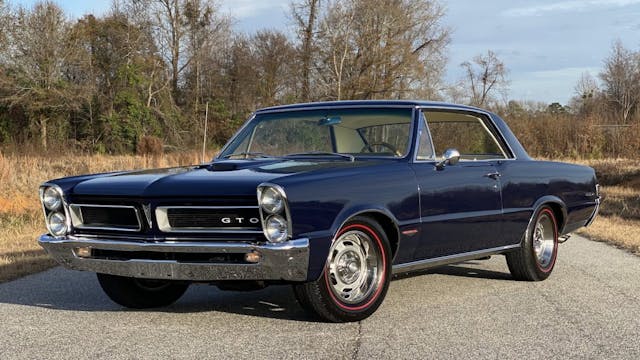
Pontiac GTO reigns among Muscle Car royalty as the genesis of the performance segment. Huge interest in the model as well as its historical significance even landed it on our 2022 Bull Market list. It was a heck of a pick as well: the GTO exploded in value, gaining an average of 32 percent in the first portion of the year.
Once late summer arrived, however, prices began to flatten and dip slightly. The seven percent reduction in GTO values is likely attributed to the declining quality of examples hitting the market as well as satisfaction of market demand. As mentioned earlier, due to the sales cycle for these cars, we may not have a real sense of where things are headed until the auctions in January.
1966-1977 Ford Bronco -8%
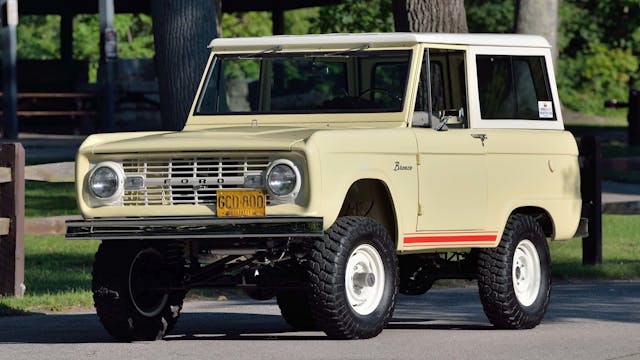
It’s not a Muscle Car, but we’ve discussed the first generation Ford Bronco for a very long time. Never, though, in terms of softening values. In fact, the first-gen Bronco has been one of the hottest collector vehicles to emerge over the past few years. Values of exceptional, stock examples have regularly tipped the scales at the six-figure mark in 2022.
Broncos have now gotten to a point where the average collector is priced out of the market, and $100,000+ starts to look like a lot of money for a utilitarian vehicle with few amenities. But let’s be honest here, we don’t buy classic trucks for the amenities. In the grand scheme, an 8-percent loss on early Broncos isn’t that much. However, zoom out to the rest of the model series and take note: later generations also experienced declines, with some models even seeing value losses in consecutive quarters. While it takes more than one publication to make a trend, it certainly looks like we could finally be at the end of the first-gen Bronco’s unprecedented hot streak.
Check out the Hagerty Media homepage so you don’t miss a single story, or better yet, bookmark it.

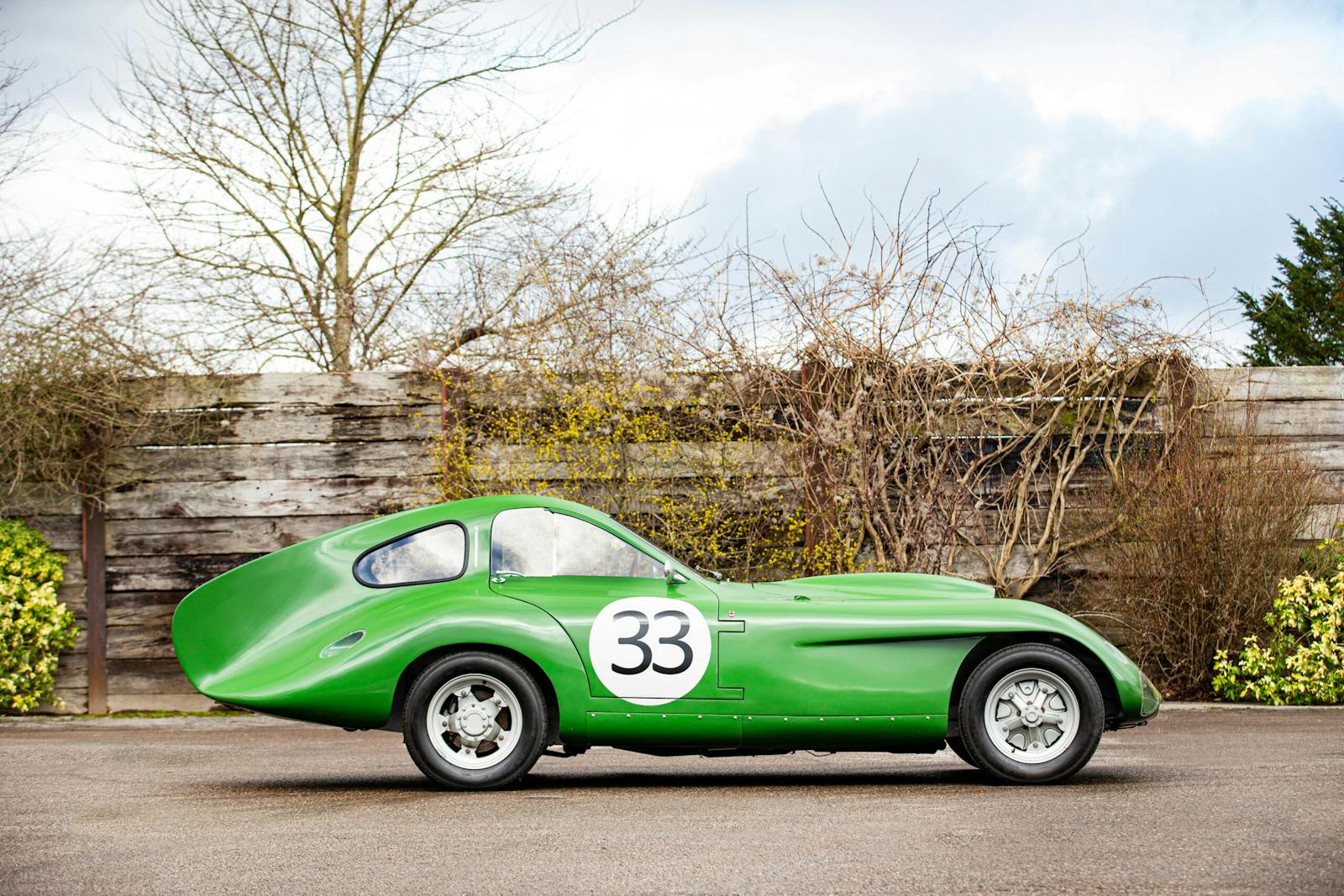
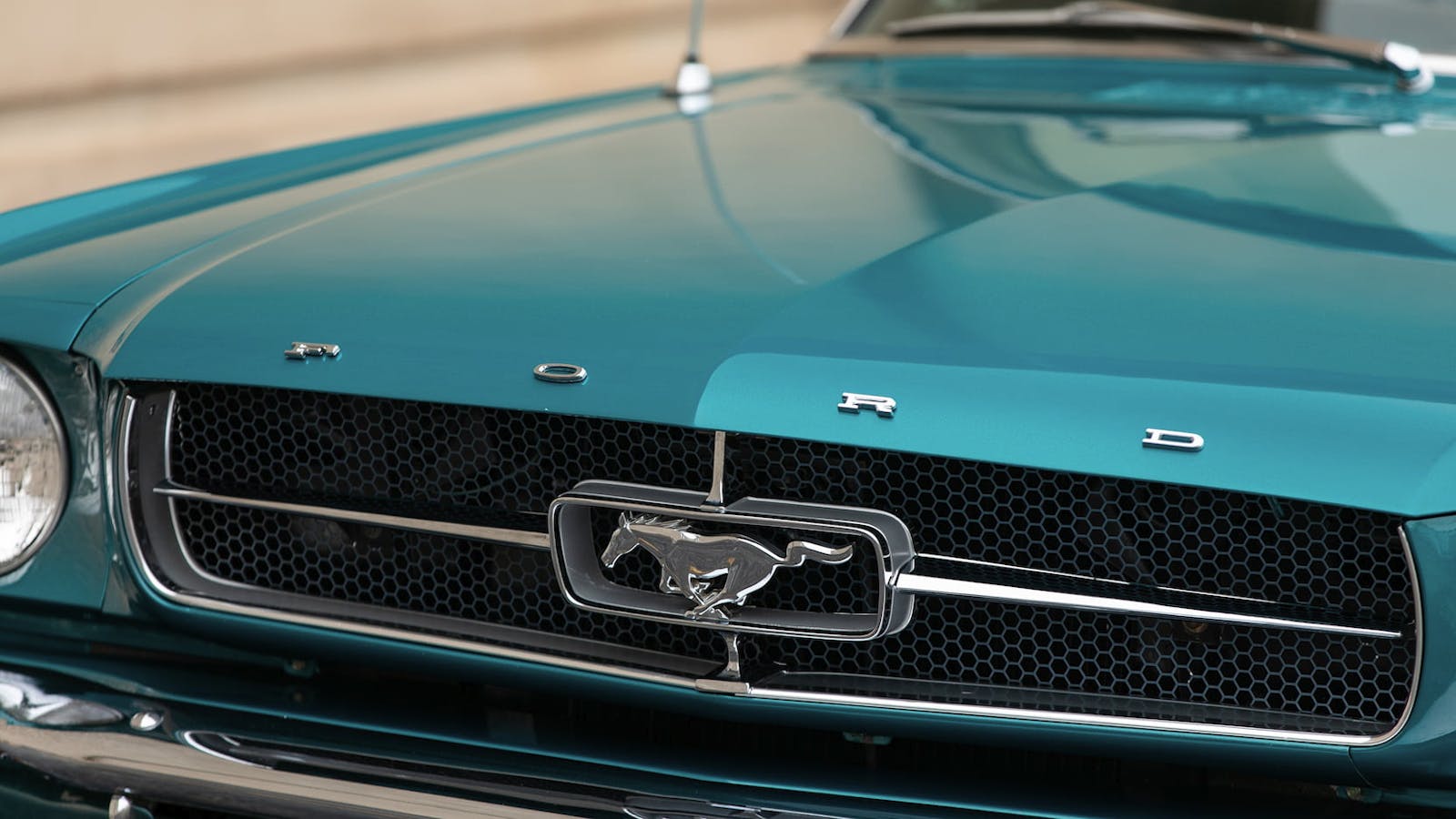
My experience with the original Broncos and Scouts is that they have a high center of gravity and are easy to roll over.
It seems that now they are more for viewing than driving.
Had one, got rid of it!
No mopars on the list.hagerty just recommended increasing the insured value on my 72 cuda 340 for a substantial amount.
They recommended the same thing on my 69 427 vette. Like $15000 more.
Me too….and horrible in the rain
Yeah, but they were great. One of my memories from high school was out in a scout and we rolled it on its side. We got out and rolled it back
You think Broncos and Scouts are dangerous you should try the Toyota Jeep.
Yep, my best buddy was killed in a Bronco back in 93 due to the fact they roll so easy. Screw the Bronco.
The Broncos were notorious for that.
I guess it depends on what era you grew up in. A few here saying Broncos and Scouts were notorious for rolling over. In the ’80s, it was the Jeep that had that reputation. My next door neighbor added to the stats.
In the 90s, it was Samurais and Trackers that my friends flipped.
Just did an around the country trip (RTE66, PCH etc) in a stock UNRESTORED 1972 Scout- over 11000 miles when done.They are very much for driving!
Friend had a big ole one. Worst vehicle I ever saw. Horrible design and quality from Day One. Never understood why they became ‘collectible’.
Owned several Porsches. Decent cars but the current prices are a bad joke. They need to loob off the first digit in the prices.
My shop built a beautiful turbocharged one. A couple of months later he called and said he was having some trouble with the paint. I said bring it in for warranty work. He said not to worry, it was only on the side where he had rolled it.
Boomer vehicles. We’re aging out of the market. I remember how expensive the 30s Fords were when I was a kid. Someone even made a Pinto based replica. Now they’re cheap.
Exactly. Don’t buy these as an investment. Buy it because you always wanted one.
I couldn’t agree more John, that’s why and where the hobby has always existed……before the big money followers drove up the market with one-upsmanship competition.
This is the smartest answer I’ve seen. Let it be right for you. I’ve watched the flavor of the month change regularly. I’ll also throw in drive before you buy. Cars don’t hang on walls. 👍🏻
So does that mean that the next “hot” market will be the Malaise era, mid 70’s to mid 80’s ? LOL.
Yes, best example is square body C10’s. 73-88
I have a 79 Shortbox Stepside that I took down to rolling chassis. Collectible I’m not sure but love it and gets of nice nods when I drive!
have 84 c10 ,230 1bbl 3spd on floor,great truck,no wonder so many want to buy it, how many $$ compared to cost of todays nightmares.Hands down square bodies win,and the $$ value demand goes up.get many offers but don’t want to sell…what can I replace it with thats as good and at what cost…nothing, guess I’ll keep it.many are amazed at straight 6 and room to work around it and simplicity,they never saw a sraight 6 chevy.they always start and run on fumes,well known by all for generations,except for the current woke exposed initiates..
I almost bought a two-wheel drive/ 8′ bed, 84 Scottsdale with factory air, & a 700 R4 tranny, all worked good but it was so original, right down to the smog pump Rockers and cab corners were replaced bed in great shape. Had some rot on the firewall, on the seam above the distributor. 4K (To My Friend Mike) took it for a ride, decided I had too many projects and didn’t buy the truck…Now I see the square bodies are going up in price..I’ll just keep my two Oldsmobiles..65 -442 Convertible, and My 1970 455 4 speed 442, with all the W-30 options, Red Wells, F Heads, hotter cam, Fiberglass hood, No console, Just a boot with a Hurst Super shifter… And AWAY WE GO!!!……………………….Also an 84, 928 Porsche, Black on Black, Oh yea, a 16 Foot Marlin (Gemini) from Oregon, Now in Massachusetts…Jetboat with a 455 Olds motor, been waterskiing for 30 years of the back-end. A sweet ride.
Seen the price of a Supra or 911 lately? Malaise was an American thing and a few other countries also make cars.
1984 Chevy Citation.
X11 hatchback version would be nice…
I travelled to work in friends x-11 ,shook so bad the radio knobs would fall off at highway speed . He glued them on in desperation . Doors were next ,just would not stay closed .he kept it til it had 10,000 miles on it and traded it in for a Camaro ,big improvement ! p.s. it was a silver hatchback with auto trans.
Oh dear. My parents had an earlier Citation. Not a car that I care to even look at.
My family had a Citation when I was a kid. It’s the reason Dad never owned another Gm vehicle again.
I was working at a shop in the late 80’s one day when a V6 Citation came in with the “deepest in” belt broken on it. We couldn’t believe it had 5 freakin’ belts!!! Thank God I didn’t get that service ticket, the mechanic that did was “Big John”, and I remember him screaming loudly and threatening to throw his big pry bar through the windshield of that P.O.S. There was one bolt that was nearly impossible to get to, and several others that were pretty tough also.
Citations? I had several back in the early 70’s. It might have been because I of the way I drove my ’69 Z-28.
100 %. Already started
Could be. Have you price a Disco Trans Am lately? Fox Mustang?
in percentage value increase i think the malaise era is promising. but there is a limit to how valuable a pristine AMC eagle will get.
Actually yes, the 80’s Camaros especially (Low Miles) Z28’s and IROC-Z’s are in style right now. A car that was $10K 20 years ago is now $40-$50K I had a friend sell his 82 Indy Z28 for $18K last year, the new owner flipped it and the exact car this year it sold for $26K at Mecum Chattanooga.
Pretty much. I’m in my mid-30’s and these are “dad cars” to me — cars people my parents’ age restore, collect, and have fond memories of.
I still think they are pretty cool, but I don’t have the same emotional connection with them, and I wouldn’t be willing to spend as much money on them for that reason.
Thus, the reason why most of us old timers eventually sell our cars out on the open market rather than passing them down to our kids.
Restomods are becoming very popular for the “under 60” crowd. If we are going to pay a new car price for an old car we want it to have fuel injection, A/C, power steering, and stopping power that can get you out of a bind when you get stupid on the gas. The tri-5 Chevys are in a league of their own it would seem. Every generation loves them, timeless good looks I suppose.
The Pinto based reproduction you mentioned is the Shay which was produced from 1979 to 1981 with a total production of 5,000 units. They were fiberglass bodied cars based on the 1929 Ford Model A rumble seat roadster. Same wheel base, length, track and height. All of the mechanicals are FOMOCO and they were sold through FORD dealerships with a full warranty because they had to be emissions compliant. They were available with either a 4 speed manual or 3 speed automatic transmission. Price wise they have hovered in the 12k to 18k range since I started paying attention to them back in 2018.
My wife and I bought one and we love it. Living in South Florida we can drive it all year long.
I was thinking the same thing. I frequent one of the larger cars and coffees (4-5K cars) as well as other events. Pretty much nobody much younger than me (I’m 55) seems to give old American iron a second glance. The younger crowd is driving and modifying JDM and German cars the way we did Chevy’s and Fords. Times change…
Not all Japanese cars are JDM. In fact, a tiny percentage of all Japanese cars in North America were originally build and sold for use in the Japan home market.
Fully agreed. Right now the 80’s are the hot ticket.
Hope you like ugly and slow!
There is a lot of gray hair at car shows these days
I am surprised at the drop in price for the 442. Had a friend who’s brother in law had a W30 Tornado only one I ever saw. Learned to drive in Oldsmobile’s. Would love to have a 442 W30 Convertible.
If I’m not mistaken…(and I’m usually not) LOL. There were only two of those cars made. I saw one in an Olds only Car show in Massachusetts at least 10 years ago. I’m an Old fan, for over 50 years. Bought my 65 -442 Convertible when I was 15 years old….. at a Weymouth police auction ( My Mother actually handed over my 65 dollars…Ha Ha .
The majority of the market will probably always be driven by what the present 30 somethings saw as kids and in high school. Maybe a 1/4 if we are lucky will be drawn to the 30s coupes and the customs of the 50s and 60s. C1 & 2 vettes are going to go south soon enough as many of the corvette club guys (at least the one’s I know) are long in the tooth and selling theirs and getting new vettes. Investing in a car for anything other than your personal enjoyment is money spent foolishly.
I agree completely about buying a car you love, not for investment. I purchased a brand new 1971 Camaro when I was in my 20’s because I thought it was the coolest car on the road (it was the first high performance car that I bought after I graduated college). I’ve kept it all these years because I still think it’s cool (at least to me). And the psychic rewards I’ve gotten over the years have been priceless.
Same with my ’73 Corvette!
unless you’re investing in a blue chip european sports car. those values seem to always remain strong.
It’s always seemed that classics are bought by the generation that couldn’t afford them at the time. My ‘69 Mustang GT Convertible looks increasingly exotic as the years go by, but I suspect I have missed peak sale price as the Boomers age.
With these models, it’s because of their high production numbers. There’s one for everybody that wants one.
Maybe the slide is also due to inflation and recession? Take your pick.
Bingo! These models have been overvalued in the past and are now hitting the inflation/recession wall.
Not a MOPAR in the bunch ! Nobody wanted them in the era, Now they are red hot.
In retrospect the Mopars are the better vehicles. (As long as you keep them dry.)
That should start a fight!
Bought a 1989 Isuzu Trooper R/S in 2014 for 2000. It’s everything a Bronco is for peanuts compared. It’s the short wheelbase 2 door and was only produced one year in the Gen. one Troopers and it’s rarer than the Bronco’s.
I had an ‘86 2-door Trooper. I loved that truck! Rubber floor mats and all. The rear doors were the coolest. I can’t find a good one now.
Seems that ’30’s Fords/Chevy’s,
then Tri 5 Chevy’s, & next, most 60’s cars had great runs in popularity…
Every generation’s favorite car does involve both what they hung posters of on the bedroom wall, as well as the reality of what they can/could afford in their 30’s/40’s/50’s.. With age, I know I eventually reverted forward to newer vehs that have comfort/big H-power/& handling.
This RPM legislation is somewhat important to the current & future car lovers. Making it criminal to modify cars is a slippery slope.
Broncos are fading, but the Toyota FJs are still climbing and holding their own. Almost got into the Bronco market, but found the FJs more desirable. Maybe the Bronco is sinking due to the popularity of the new ones…
Count me in that crowd. Getting a new Bronco and would *never* considering spending the same or more money on a Gen1. The Badlands can do way more than any prior Bronco could, with all the modern luxuries and nice features, reliability, safety, warranty, and it’s nostalgic enough. But I’m in the generation that would have been too young to own an original, so there’s no direct fond memories of owning one, or even one being in the family. The new ones capture the spirit and will let me tackle anything I want in Moab or elsewhere.
I was looking for a 1st gen Bronco. I gave up and bought a base model 2022 Bronco 2 door with a 7 speed manual transmission (cheapest new Bronco in the country with only two minor options) $31,200 out the door price! i couldn’t even hardly get a junky 1st gen for that price. FYI it is a excellent vehicle and way better than a comparable Jeep.
As soon as the Hemi, 4 speed, convertible Cuda drops to 6 figures, I’m pouncing! LOL
It’s a cycle. I’m 74 years old .I grew up at the height of the muscle era. So GTO,Chevelle,442 ,Mustang and Camaro,first generations were our favorites. Those are the cars we were buying recently. But as we age and can’t work on them they go up to the next generation 70s ,80s .The guys that are 80s were in love with the 50s cars . The 90s were interested in the Pre WWII cars.Just what you desired when you got your license .
Point taken
Great comments, you nailed the perspective on the demographics of the collector car scene.
@Barry, well said however at 73 I still gravitate to 30’s thru 60’s cars and enjoy driving and maintaining them all.
I agree, at 72 years of age last year I sold a 57 Bel Air with a 5 speed, just was not a pleasure to drive anymore with my knee problems. Not that I have gave up on classic cars, it’s replacement is a 1970 Ford Country Squire station wagon, fast no, comfortable to drive yes. Plus gives this old car guy something to do.
I’m 77 and also grew up in the muscle car era. I almost wept when I saw “American Graffiti” for the first time. Spent much of the early ’60s street racing (back before it became a federal offense) and cruising in my car on Friday nights. I can’t work on mine anymore. It’s very frustrating. But I still love those ’60s machines.
True for the most part. I think some of us will reach back to older cars for the right specific models. I’ve got a love for some Corvettes that predate my birthday by a decade plus or minus, among other cars. The problem for many of us is the commitment it takes: 1) a lot of money, 2) garage space, 3) can’t or shouldn’t be daily driven or even driven much at all. It’s hard to justify adding something like that to the fleet while kids are still living at home. So, the cars we reach out to are the ones from our youth that haven’t risen in value yet because people our age are just getting to the point in their lives where they can allocate the money and space for something like that.
I’m also 74 and to me these cars are all too new to interest me. I gravitate more to the 30’s and 50’s cars, especially the custom lead sleds. The cars on this list are just used cars to me.
I agree, nothing older than 1955 other than a 40 Ford. Grew up in the 60s so had several muscle cars in the late 60s and 70s. Where do people get the crazy money to buy these cars?
1964-1967 Chevrolet Chevelle SS -9%
This icon does not deserve a decrease.
I totally agree, I believe there are a short supply of those cars